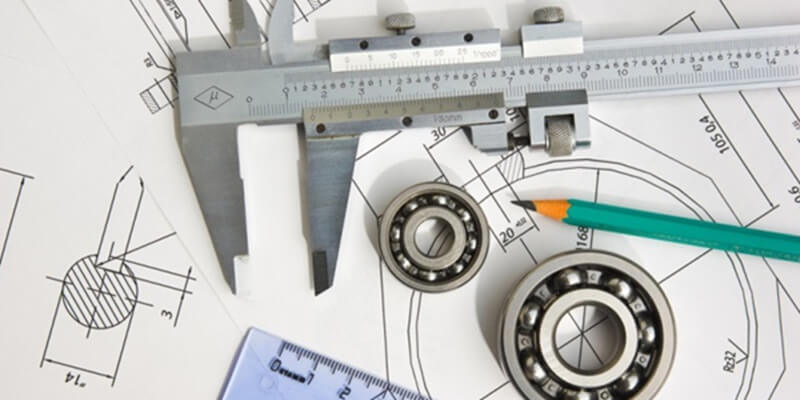Quality Control (QC) in Machining Shops

In all of the industry, quality assurance is the most important part in entire production process, and this is also true for machining factories that make prototypes. So how should a qualified supplier control quality?
Effectively Understanding and Fulfilling Customized Customer Requirements
1. Understanding the Purpose of the Customer’s Product
a. Design Verification
Prototypes for design verification are intended to help customers realize the visual design of their product. At this stage, the quality of the product’s appearance is especially critical.
b. Engineering Verification
During product development, engineering verification helps customers test whether the product meets design specifications, as well as evaluate materials and mechanical or optical performance. At this stage, achieving precise tolerances and ensuring high-quality test assemblies are vital.
c. Low-Volume Production Verification
This phase is used to test production lines, including output capacity, time requirements, defect identification, and process optimization. It is also suitable for sales and market testing to gather feedback and determine future production volumes. At this point, products must closely resemble the final market-ready version, with strict control over both appearance and dimensional accuracy.
2. Understanding the Customer’s Drawings
Accurately interpreting the customer’s drawings—including the purpose of each hole, feature, and tolerance—is essential. CNC machining has certain limitations, such as difficulties with undercuts or specific fillet requirements. Understanding the drawings allows us to determine whether these limitations will impact the design and what alternative methods can be used to achieve the desired outcome.
For example, consider a welded assembly made of three plates where two mating surfaces require extremely high perpendicularity tolerance. To meet this requirement, the correct machining sequence must be followed: first cut the material to specific dimensions, then weld the three plates, and finally use CNC milling to machine the two critical surfaces to the required perpendicular tolerance. Changing this sequence would lead to unsatisfactory results—highlighting why a thorough understanding of drawings is so important.
Our Strengths
A Technically Skilled Sales Team
At XTJ, our sales team possesses deep expertise in machining and manufacturing. We provide end-to-end professional services—from quotation to after-sales support—including design for manufacturability (DFM), material selection, and manufacturing process optimization.
ISO 9001:2015 Certified Quality Management System
Our ISO 9001:2015 certified quality management system enables scientific and structured management, focused on meeting customized customer requirements. We strive to exceed expectations for both quality and on-time delivery. Currently, we achieve a first-pass yield of over 95% and an on-time delivery rate of over 95%.
Strict Production Process Controls
1.Dual Review of Order and Drawings
- At the quotation stage, we analyze manufacturability and suggest design improvements.
- After order confirmation, our production team reviews the drawings again to ensure process standardization and planning accuracy.
2.Raw Material Inspection
We verify material dimensions, grade, and quantity to ensure they meet specifications.
3.CNC Machining and Fixture Testing
Our In-Process Quality Control (IPQC) team checks critical dimensions against process drawings.
4.First-Article Inspection
The first part produced undergoes a full dimensional inspection. During mass production, we perform inspections every five pieces to ensure consistency.
5.Root Cause Analysis and Corrective Actions
If non-conforming parts are found, production is paused immediately. We analyze causes (e.g., fixture accuracy, tool positioning) and implement adjustments.
6.Final Outgoing Quality Control (OQC)
We use CMMs, micrometers, pin gauges, and surface roughness testers to perform comprehensive inspections. A detailed dimensional report is provided to the customer.

Conclusion
Shenzhen XTJ boasts a highly skilled sales team capable of thoroughly understanding customer needs and facilitating clear communication with engineers. Our ISO 9001:2015 certified quality management system and strict production processes ensure consistent quality and customer satisfaction.
If you are looking for a high-quality rapid prototyping and custom parts supplier, we welcome you to contact us at any time.
-
Posted in
cnc machining, Quality Control





